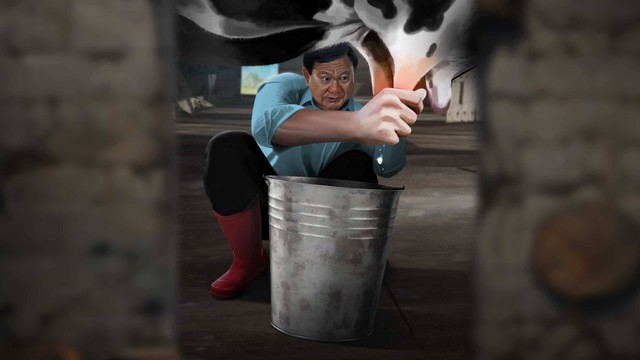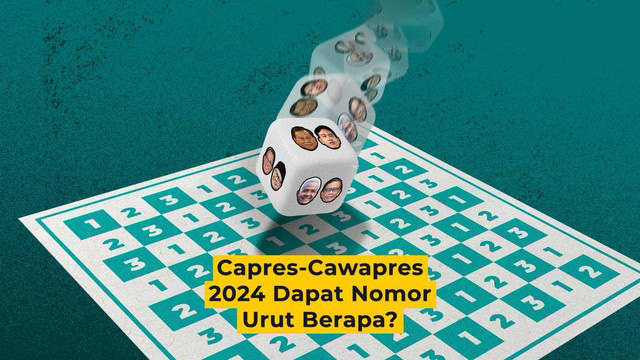Unlocking Rare Finds: From Mythology to Modern Games
Introduction: The Fascination with Rare and Mythical Finds in Culture and Games
Throughout history, cultures have been captivated by rare finds—be they mythical artifacts, legendary creatures, or hidden narratives. In mythology, such discoveries often symbolize divine favor or secret knowledge, fueling human curiosity. Similarly, modern entertainment, especially video games, thrives on uncovering hidden or lesser-known elements that deepen engagement and create a sense of adventure. The allure of rare finds lies in their ability to connect us to the mysterious and to expand our understanding of cultural heritage.
Mythology profoundly influences modern game design, inspiring mechanics, storytelling, and symbolic themes. From the iconic Mount Olympus to lesser-known mythological figures, these elements serve as a treasure trove for developers seeking to craft immersive worlds. As we explore this intersection, we uncover how ancient stories continue to shape entertainment today.
In this article:
- Mythology as a source of rare stories and symbols
- The evolution of game mechanics inspired by myth
- Educational value of myth-inspired symbols
- Modern reinterpretations of mythological figures
- The hidden depths of mythology in game design
- Lessons from mythological stories like Kronos
- Influence of sacred locations in games
- Strategies for discovering rare content in gaming
- Future trends in myth-inspired game development
- The enduring importance of exploring myths through games
The Concept of Mythology as a Treasure Trove of Rare Narratives and Symbols
Mythology offers an expansive repository of rare stories and characters that have been passed down through centuries. These narratives often contain symbolic messages about morality, nature, and the divine. For example, the Mount Olympus symbolizes not only the physical home of the gods but also a realm of divine authority and celestial power. Such symbols resonate deeply, influencing art, literature, and even modern media.
Contemporary media frequently embeds these mythological themes, enriching stories with layers of cultural significance. For instance, movies like Marvel’s Thor draw directly from Norse mythology, while video games incorporate mythic motifs to evoke awe and familiarity. These references serve as cultural artifacts, fostering a bridge between ancient knowledge and modern storytelling.
Table: Mythological Symbols and Their Modern Interpretations
| Mythological Element | Modern Representation |
|---|---|
| Mount Olympus | Game worlds set on divine or elevated locations |
| Zeus | Powerful boss characters or protagonist archetypes |
| Norse Yggdrasil | World trees or interconnected realms in games |
Transition from Mythology to Modern Game Mechanics and Design
The influence of mythological themes extends beyond storytelling, shaping game mechanics and design. Historically, early games borrowed simple myth-inspired motifs, but recent innovations have integrated complex mechanics rooted in mythic symbolism. For example, the Megaways mechanic, introduced by Big Time Gaming, revolutionized slot game design by offering thousands of ways to win, creating an unpredictable and dynamic experience reminiscent of the chaos and grandeur of mythic battles.
Thematic elements, such as gods, monsters, and divine realms, serve as anchors for engaging gameplay. They foster deeper immersion, encouraging players to explore stories parallel to mythic epics. This synergy between narrative and mechanics exemplifies how mythological inspiration remains vital in contemporary game development.
Case Study: The Megaways Mechanic
The Megaways mechanic employs a dynamic reel system that changes with each spin, offering up to hundreds of thousands of potential winning combinations. Its design echoes the unpredictable nature of mythic conflicts, where chaos and order intertwine. This approach exemplifies how innovative mechanics can be inspired by mythic principles of variability and divine intervention, making gameplay both exciting and educational.
Unlocking Rare Finds: The Educational Value of Mythological and Cultural Symbols
Myths serve as cultural artifacts that carry historical, philosophical, and spiritual significance. When modern games incorporate these symbols, they become tools for education. For example, symbols like the lightning bolt associated with Zeus symbolize divine power, while the Ouroboros serpent signifies eternity in various mythologies.
In games such as le zeus torunaments, myth-inspired symbols are woven into gameplay, enriching the player’s understanding of cultural origins. Recognizing these symbols enhances appreciation and fosters curiosity about ancient narratives, making learning an integrated part of entertainment.
Mythological Figures and Their Modern Reinterpretations
The Olympian gods, such as Zeus, Hera, and Poseidon, have been reimagined in countless ways to fit contemporary contexts. Modern representations often portray Zeus as a powerful, charismatic figure, sometimes with a more approachable or even humorous demeanor, reflecting evolving cultural values. These reinterpretations serve to connect timeless themes with current audiences.
For example, Le Zeus exemplifies how ancient mythological figures are adapted to modern gaming, emphasizing their attributes—strength, authority, and divine oversight—while making them accessible and engaging for players. Such adaptations highlight the enduring relevance of myth in shaping character archetypes.
Lesser-known mythological figures, like the Greek goddess Hecate or the Norse goddess Freyja, are increasingly featured in modern narratives, enriching diversity and depth. These figures often embody complex themes—magic, fertility, war—that resonate with contemporary stories and game mechanics.
The Hidden Depths of Mythology in Game Design
Many popular games embed subtle mythological references that reward attentive players. These layers, often non-obvious, include symbols, character names, or environmental cues that allude to mythic stories or deities. For instance, the God of War series incorporates Greek and Norse myth, with hidden references that deepen the narrative experience.
Such symbolic layers enhance both educational value and entertainment, inviting players to explore the mythic roots behind game worlds. This layered storytelling fosters a richer engagement, encouraging players to learn about the origins and meanings of the symbols they encounter.
The Myth of Kronos: Lessons on Power and Consequences
The myth of Kronos, who devoured his own children to prevent a prophecy, symbolizes the destructive nature of unchecked power and fear of losing authority. This story offers moral lessons about consequences of tyranny and paranoia.
Modern narratives and games often echo these themes. For example, stories about oppressive regimes or corrupted leaders reflect Kronos’s narrative, illustrating how myth can teach moral and philosophical lessons applicable today. Such lessons remain relevant, reminding us of the importance of balance and humility in leadership.
“Mythological stories are not just ancient tales but enduring lessons on human nature and societal values.”
The Significance of High-Altitude and Sacred Locations in Myth and Games
Locations such as Mount Olympus symbolize divine authority and proximity to the heavens, influencing both myth narratives and game settings. These elevated or sacred sites often serve as the backdrop for epic battles, divine councils, or spiritual quests.
Geographical features like the Norse Yggdrasil or Mount Olympus inspire modern game environments, emphasizing themes of transcendence and power. Such settings evoke awe and reinforce the mythic importance of these places, enriching storytelling with symbolic depth.
The Art of Discovering Rare Finds in Modern Gaming
Players seeking rare content must often employ specific techniques, such as exploring hidden levels, completing side quests, or deciphering cryptic symbols. Thematic storytelling, including subtle myth references, enhances the thrill of discovery.
Mechanical innovations, like secret bonus rounds or unlockable mythic symbols, extend game longevity and encourage curiosity. For example, uncovering a hidden symbol of the Ouroboros or a mythic relic can lead to unique rewards, making each playthrough distinctive.
Future Perspectives: Mythology and Rare Finds in the Next Generation of Games
Emerging trends include integrating augmented reality (AR) and virtual reality (VR) to create immersive mythic worlds. Developers are increasingly exploring procedural generation of myth-inspired content, allowing players to encounter unique symbols and stories in every session.
Innovations in storytelling and mechanics will likely deepen the educational value of myth, making cultural heritage more accessible. As technology advances, the potential for uncovering and presenting rare mythological content grows exponentially, fostering a new era of immersive learning and entertainment.
Conclusion: The Value of Exploring Mythology Through Modern Games
From the stories of ancient Greece to cutting-edge gaming experiences, mythology remains a vital source of cultural enrichment. Modern games serve as dynamic platforms for discovering rare and meaningful symbols, bridging the past and present. Engaging with these elements not only entertains but also fosters a deeper appreciation for our shared heritage.
As the industry continues to innovate, the role of myth in shaping future entertainment promises to be even more profound. Exploring these rare finds enriches the player experience, making each discovery a step into the timeless world of human stories and symbols.


















